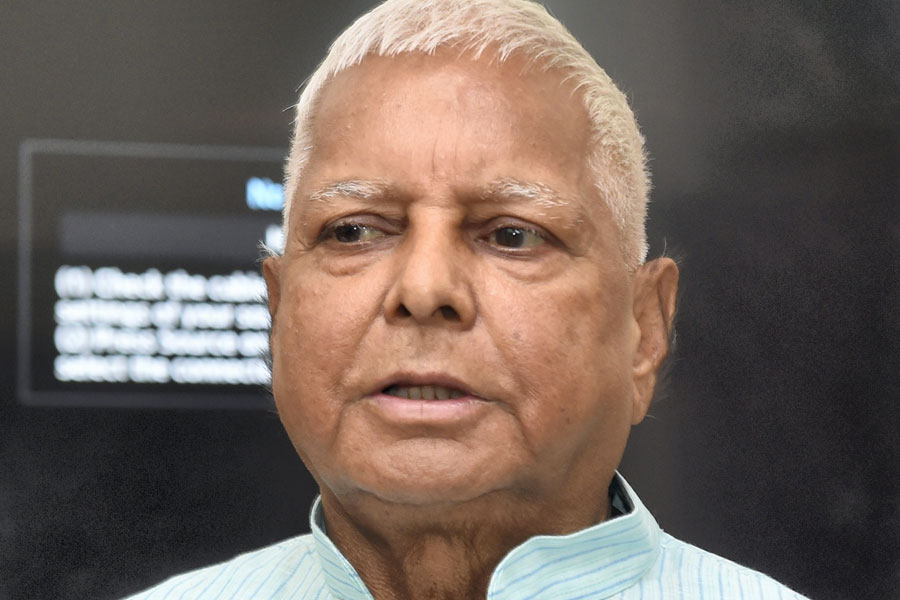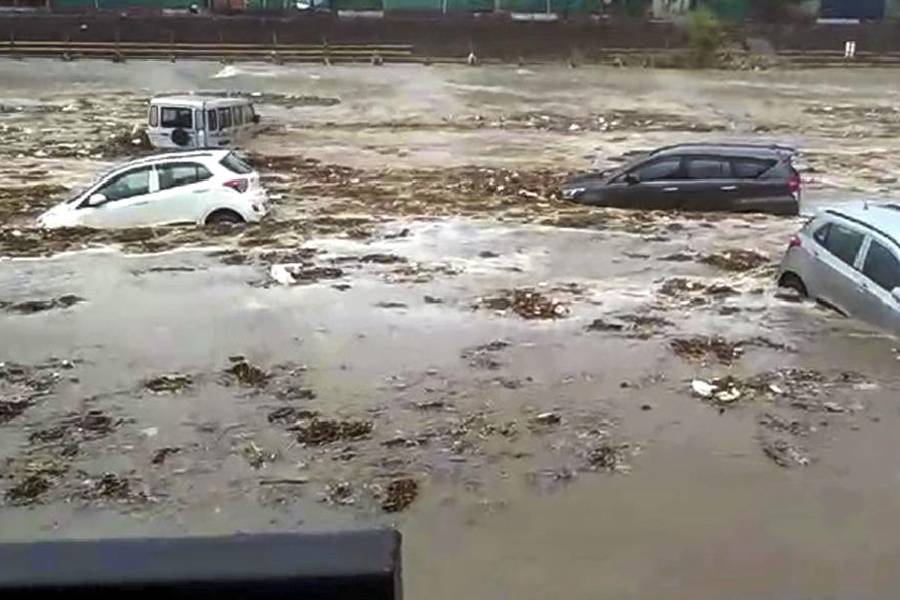The world’s largest river is parched.
The Amazon River, battered by back-to-back droughts fueled by climate change, is drying up, with some stretches of the mighty waterway dwindling to shallow pools only a few feet deep.
Water levels along several sections of the Amazon River, which winds nearly 6,500km across South America, fell last month to their lowest level on record, according to figures from the Brazilian Geological Service.
In one stretch in the Brazilian state of Amazonas, the river was 25 feet below the average for this time of year, according to the agency, which began collecting data in 1967.
Parts of three of the Amazon River’s most important tributaries — major rivers in their own right, each spanning over 1,600km — have also fallen to historical lows.
The crisis has gridlocked the Amazon, a vital watery superhighway that serves as practically the only way to connect forest communities and move commerce around some of the most remote stretches on the planet.
Faced with a situation that shows no sign of abating, Brazil has resorted to an extraordinary measure that might have been unthinkable not too long ago: making the world’s largest river deeper.
Starting this month, the country plans to begin dredging sections of the river with the aim of ensuring that, even in times of drought, people and goods can keep moving through the rainforest.
“In some places, we can practically see the vegetation on the surface of the river,” the water so low that plants on the riverbed are exposed, said Fabricio de Oliveira Galvão, the director of the National Department of Transport Infrastructure, a federal agency. “So, this limits navigation. People aren’t able to travel like this.”
The remarkable drop in water levels has left boats struggling to shuttle children to school, rush the sick to hospitals or deliver medicine and drinking water to distant villages.
Ahead of local elections this month, voting machines may need to be flown to thousands of stranded Brazilians unable to reach nearby urban centres to cast ballots.
Transportation chaos has also hit the major international manufacturing hub of Manaus, a city of two million in the heart of the rainforest. Shallow water has made it difficult for cargo ships to dock. So companies have worked furiously to build floating docks where they can unload supplies from shipping containers, minimising supply chain disruption.
“Everything that arrives here usually comes by boat,” said Ayan Santos Fleischmann, a hydrologist at the Mamirauá Institute, a research organisation in a rural part of Amazonas State. “Without the rivers, there’s almost no way to navigate the Amazon.”
In the past, the Brazilian authorities have dredged the Amazon River in rare emergencies. But the riverbed will now be carved out continuously for the next five years to cope with the possibility of chronic drought conditions, Galvão said.
“It’s so we don’t suffer in the coming years,” he said.
The Amazon is both the world’s largest river by volume and the longest river system, emerging in the Peruvian Andes and crossing five countries before emptying into the Atlantic Ocean. It is home to a rich variety of aquatic life, like piranhas and pink river dolphins. In some areas, the river is still very deep — up to 400 feet — and can accommodate ocean liners.
Still, the dredging plan underscores the drastic measures that governments around the globe are being forced to pursue to soften the repercussions of extreme weather on transportation, economies and everyday life.
It highlights the ways in which a hotter, drier climate is reshaping the Amazon rainforest, the earth’s largest freshwater reservoir and a key part of the struggle to slow global warming because the jungle absorbs and stores heat-trapping gases from the atmosphere.
“The climate is changing,” Galvão said. “And we are starting to prepare for this.”
In Brazil, like elsewhere in the world, average temperatures are rising, creating conditions that cause droughts. Some regions of the Amazon have seen average temperatures rise by 2 per cent since the 1980s and are on course to climb further, said Bernardo Flores, a researcher at the Federal University of Santa Catarina in Brazil.
“The whole of the Amazon is growing significantly hotter,” said Dr Flores, who studies the resilience of ecosystems. “And this has a huge influence. This current drought is associated with these much higher temperatures.”
In parts of the Amazon, rains have also grown less plentiful and the dry season is now a month longer than it was in the 1970s, research shows. Scientists point to climate change and deforestation as the driving forces.
As the Amazon loses trees, thinning out the canopy, the rainforest is less able to shade vegetation from intense sunlight and to retain moisture. This, coupled with rising temperatures, has made the rainforest drier and more susceptible to large wildfires.
The annual dry season, which usually lasts from June to October, has been especially punishing this year because the Amazon is reeling from two consecutive years of severe drought, said Ane Alencar, the director of science at IPAM Amazônia, a research organisation.
The lingering effects of a natural weather pattern known as El Niño decreased the level of rain during the wet season.
“The rivers had no chance to recover,” Dr Alencar said. “So we’re seeing a domino effect.”
The authorities hope dredging will bring some relief. In practice, this involves scooping up sediment from four strategic stretches of the Amazon that are becoming too shallow and depositing it in other areas where the water is deeper.
Galvão said the process carries few environmental risks, though the authorities will monitor water quality and the effects on fish.
But some scientists disagree, warning that dredging the Amazon and its tributaries could leave lasting marks on aquatic systems, disrupting and potentially harming plants and animals.
For one, it could unearth buried deposits of mercury, which seeps into rivers through the natural erosion of soil and also is a result of runoff from illegal gold mines.
By stirring up riverbeds, fish and other aquatic life would be exposed to more of the toxic chemical. Mercury can curb the reproduction, growth and neurological development of species and become more harmful as it moves through the food chain.
“Sediment is a set of deposits built up over time,” said Adalberto Luis Val, a biologist at the Brazilian Institute for Research of the Amazon in Manaus. “Messing with this sediment is like messing with all of this history.”
Dredging may also increase the river’s turbidity, making the water cloudy and limiting the amount of sunlight that reaches aquatic plants, which they rely on to reproduce.
New York Times News Service











